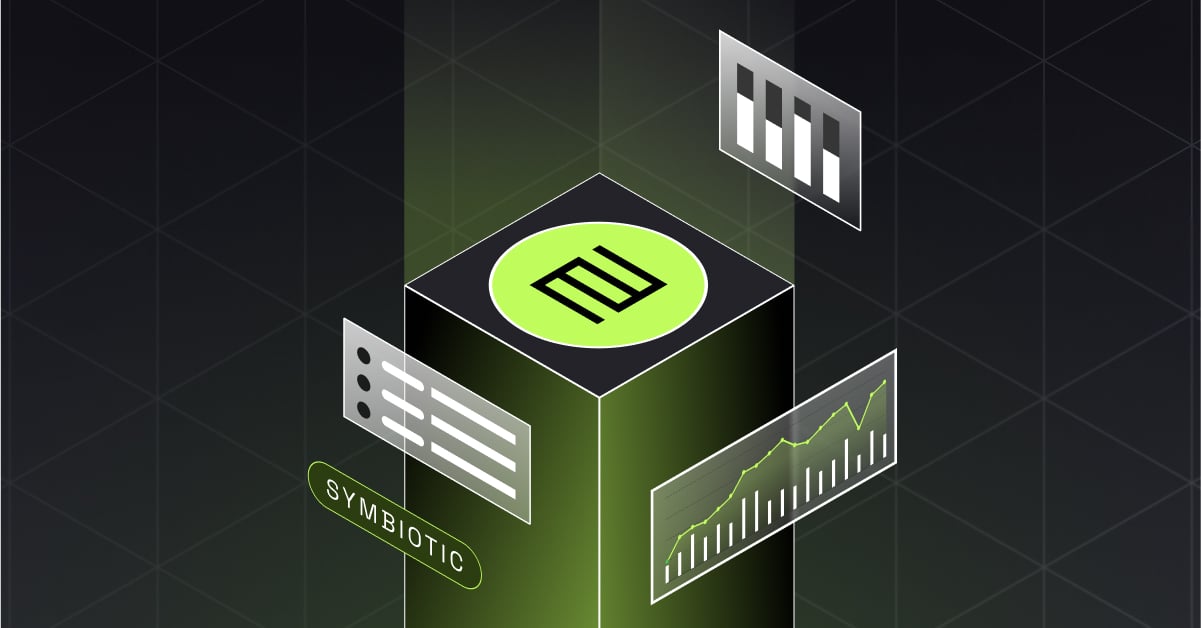- Symbiotic raised $29 million in Series A led by Pantera and Coinbase Ventures to expand its universal staking framework.
- The protocol enables cross-asset restaking beyond Ethereum, challenging EigenLayer with support for LP tokens and stablecoins.
Symbiotic has just shaken up the crypto staking space. The protocol has raised $29 million in a Series A funding round led by Pantera Capital and Coinbase Ventures. Not only that, more than a hundred angel investors have also participated, including big players such as Aave, Polygon, and StarkWare.
This funding comes along with the launch of the Universal Staking Framework, a restaking system that allows various types of assets to be used to secure various networks, both layer-1 and layer-2.
Restaking was just the beginning.
Symbiotic has raised $29M in a Series A, led by @PanteraCapital with participation from @cbventures.
We're building Universal Staking – a foundation that transforms how blockchains implement security and economic alignment. pic.twitter.com/8ZQIHvfHBc
— Symbiotic (@symbioticfi) April 23, 2025
Cross-Asset Staking: A New Era with Symbiotic
Previously, we only knew about restaking that revolved around Ethereum and its derivatives, Symbiotic is trying to break that limit. The system they bring allows for cross-asset staking: from ERC-20 tokens, stablecoins, to LP tokens. Imagine if you have idle tokens on various networks, now they can work, not just sit in your wallet.
This approach makes Symbiotic a major competitor to EigenLayer, which until now has focused on native Ethereum assets.
What makes it even more interesting is that Symbiotic has grown rapidly since its debut in June 2024. Imagine, in a matter of months, the protocol has secured over $1 billion in total value locked (TVL).
They are already live on 14 networks and have plans to expand to over 35 more, including collaborations with Hyperlane, Spark, and Avail. All of this is driven by a flexible framework that supports slashing, risk modeling, and cross-chain collateral.
Other Protocols Are Stepping Into the Spotlight Too
Interestingly, Symbiotic is not the only one hot on the block. On the other hand, Babylon has just submitted a proposal to lower the unbinding fee from 100 to 30 sats/vbyte in order to encourage Bitcoin staking participation. The vote on this proposal is scheduled to be completed on April 21, 2025.
Meanwhile, StaFi Protocol has recovered from its user decline by introducing Chaos_Fi as a flagship LST project on the SonicSVM platform, while also announcing new SubDAOs such as 0G Labs and MorphLayer.
Last but not least, Tally—a software platform for DAO organizations—snapped up $8 million in Series A funding. The goal? Developing liquid staking that still gives token holders voting rights. It’s a kind of answer to the age-old dilemma: wanting to stake but still wanting to vote.
Also, as we previously reported, Flare Network set a new record for staking delegation with a total of 27 billion FLR tokens delegated and another 8.5 billion locked.
From these maneuvers, one thing is clear—the sector of staking is getting more complex, but it’s also getting more flexible. Protocols like Symbiotic are creating new ways for previously idle assets to play a role in securing the network. And for token holders, that means more options, more returns, and—if they play smart—more opportunities.

